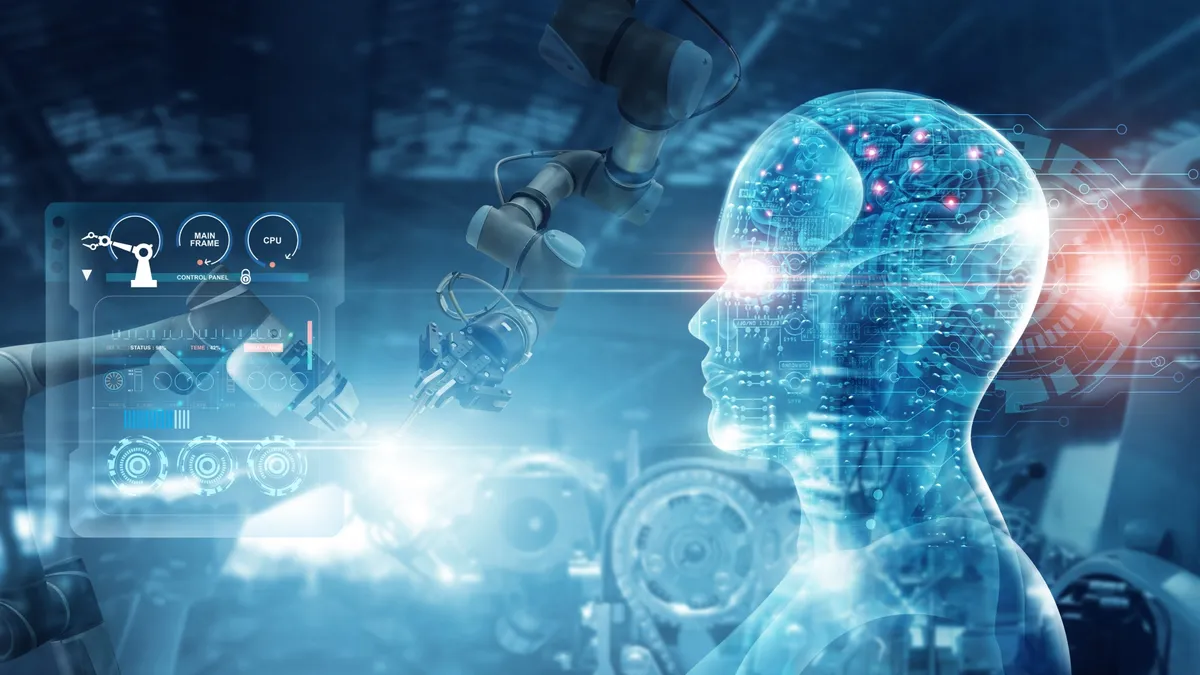Artificial intelligence (AI) has been around for centuries, even if it wasn’t called that until recently. The term “artificial intelligence” was first coined in 1956, but the history of AI dates back to before the term was even invented. In this blog post, we will explore the history of artificial intelligence and how it has evolved over time. From early attempts at creating intelligent machines to modern day applications of AI, read on to learn more about this fascinating topic.
What is artificial intelligence?
Artificial intelligence (AI) is the field of computer science dedicated to creating intelligent computer systems, which are systems that can reason, learn, and act autonomously. AI research deals with the question of how to create computers that are capable of intelligent behaviour.
In practical terms, AI applications can be deployed in a number of ways, including:
1. Machine learning: This is a method of teaching computers to learn from data, without being explicitly programmed.
2. Natural language processing: This involves teaching computers to understand human language and respond in a way that is natural for humans.
3. Robotics: This involves building robots that can carry out tasks autonomously.
4. Predictive analytics: This is a method of using artificial intelligence to make predictions about future events, trends, and behaviours.
The history of artificial intelligence
The history of artificial intelligence can be traced back to the early days of computing. In the 1950s, a group of scientists at Dartmouth College began exploring the idea of creating intelligent machines. This work laid the foundation for the field of AI, and over the next few decades, AI researchers made significant progress in developing algorithms that could enable computers to perform tasks such as reasoning, natural language processing, and problem solving.
With the advent of powerful computers and data-rich environments, AI has seen a resurgence in recent years. Deep learning algorithms have been used to achieve state-of-the-art results in many areas, including image recognition, speech recognition, and machine translation. And as AI technology continues to evolve, it is poised to have a transformative impact on many aspects of our lives.
The different types of artificial intelligence
Artificial intelligence can be classified into three different types, which are based on the level of artificial intelligence. The first type is called weak AI, which is a system that is designed to perform specific tasks. Weak AI systems are not able to learn or reason like humans. The second type is called strong AI, which is a system that is designed to think and reason like humans. Strong AI systems are able to learn and understand new concepts. The third type is called super AI, which is a system that is designed to surpass human intelligence. Super AI systems are able to understand and learn at a much higher level than humans.
How artificial intelligence is used today
Artificial intelligence is used in a variety of ways today, from personal assistants like Siri and Alexa to more complex applications like self-driving cars. Here are just a few examples of how artificial intelligence is being used today:
1. Automated customer service: Many companies are using AI to automate their customer service functions. This can include everything from chatbots that answer basic questions to more sophisticated systems that can handle more complex inquiries.
2. Predictive analytics: AI is being used more and more for predictive analytics, which can be used for things like identifying potential risks or opportunities, detecting fraud, or improving marketing strategies.
3. Cybersecurity: AI is playing an increasingly important role in cybersecurity, helping to identify threats and protect systems from attacks.
4. Education: AI is being used in education to help personalize learning experiences and provide students with tailored feedback and recommendations.
5. Healthcare: AI is being used in healthcare for a variety of purposes, including diagnosing diseases, developing new treatments, and improving patient care.
The future of artificial intelligence
The future of artificial intelligence is shrouded in potential but fraught with uncertainty. But despite the many unknowns about the future, there are a number of factors that suggest that artificial intelligence will become increasingly important. First, fast-moving technical advances are erasing the divide between human and machine capabilities, and devices are becoming more and more embedded into our everyday lives. In addition, AI is being applied in a growing number of domains such as finance, healthcare, transportation, and manufacturing.
AI will likely play an even more important role in the future as it becomes better at completing more complex tasks and providing decision support. As AI gets better at understanding and responding to the complexities of the world, its capabilities will continue to increase, which is likely to result in increased economic value creation. With continued investment and research, there is no reason why AI couldn’t eventually surpass human intelligence, leading to what has been termed the “singularity.” Of course, this is all speculative; only time will tell what direction AI development will take.
Conclusion
The history of artificial intelligence is long and varied, with many different milestones along the way. From early attempts at creating intelligent machines to today’s sophisticated AI systems, the journey has been an fascinating one. With so much still to be discovered about AI, it’s safe to say that the best is yet to come. We can’t wait to see what the future of artificial intelligence holds.
